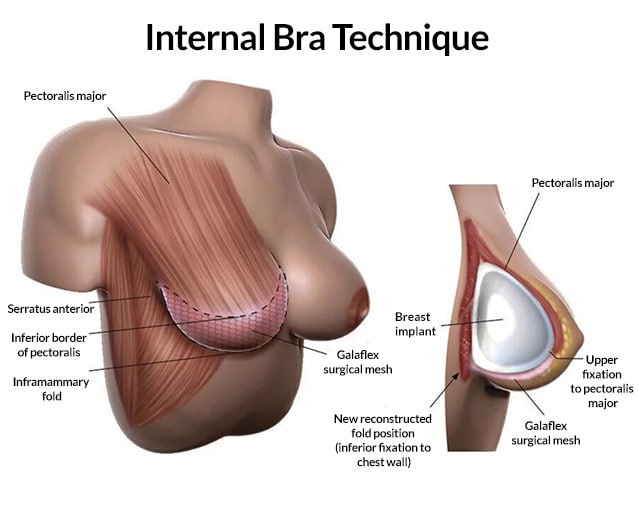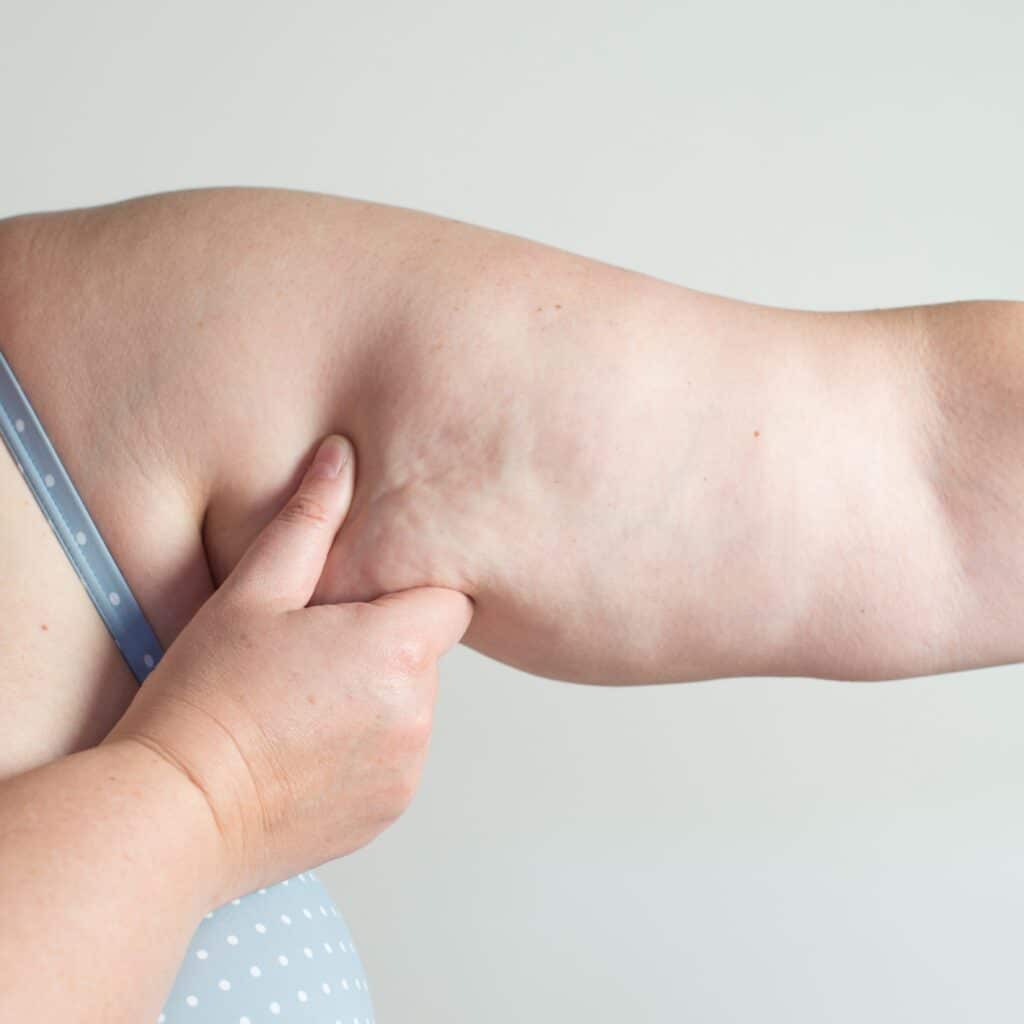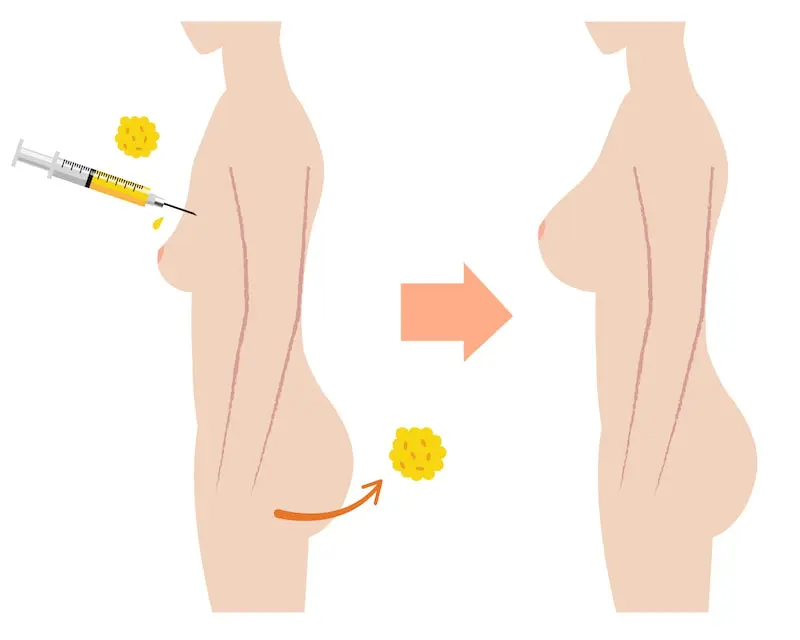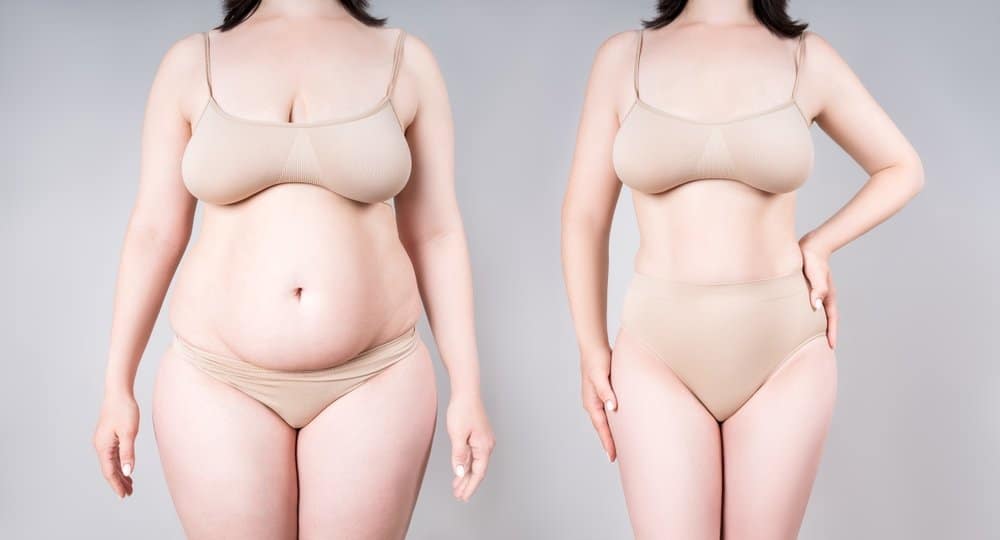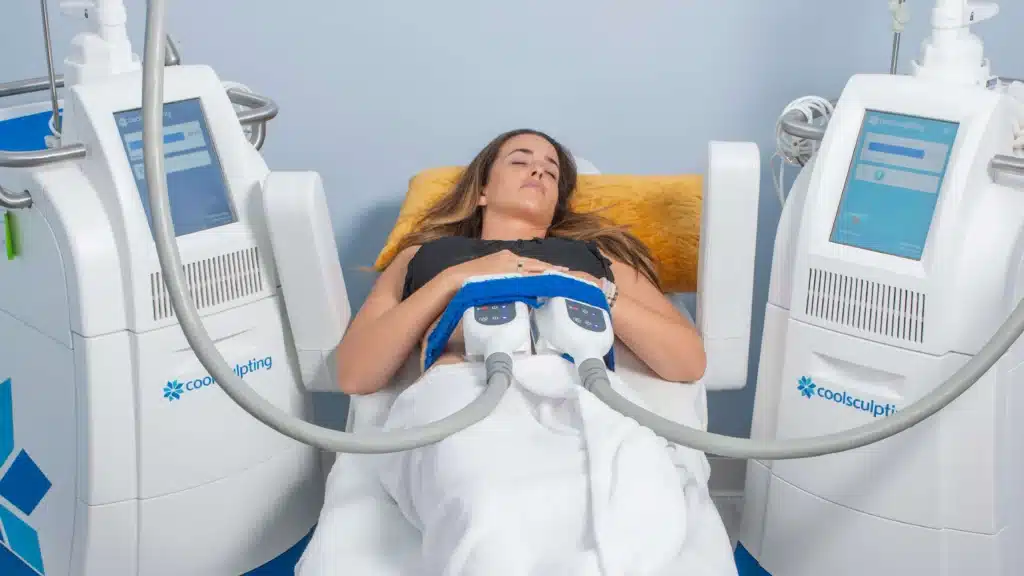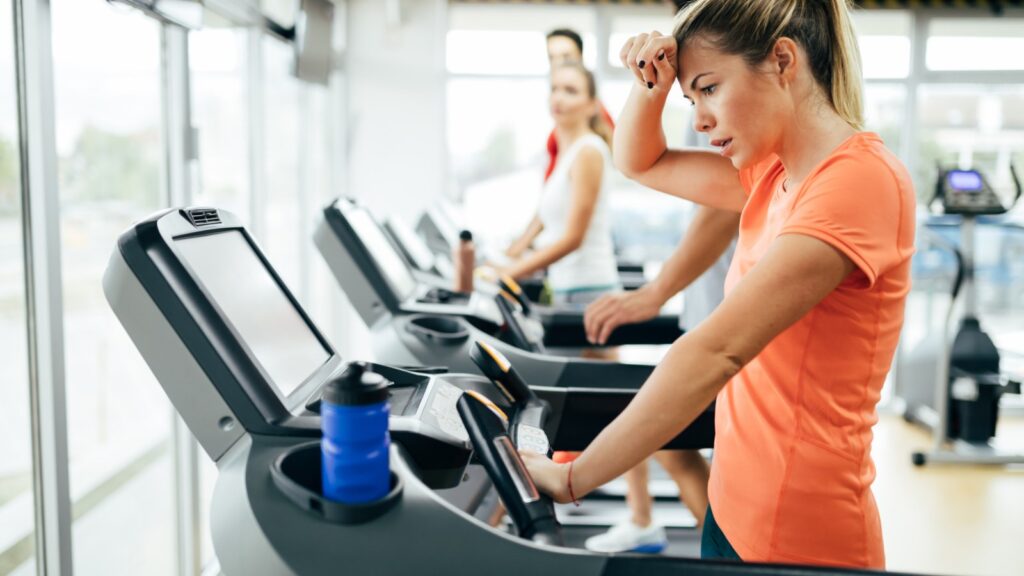Did you know that benign symmetric lipomatosis affects approximately 1 in 100,000 people? This condition leads to abnormal fat growth, often causing discomfort and self-esteem issues. Many individuals seek solutions to manage their symptoms effectively. Liposuction for benign symmetric lipomatosis disease has emerged as a popular option. It helps remove excess fat deposits and can significantly improve quality of life.
This procedure not only enhances physical appearance but also boosts confidence. Understanding the benefits and risks of liposuction is crucial for those considering this route. In this post, we will explore how liposuction works, its effectiveness, and what to expect during recovery. Get ready to discover if this lipoma treatment could be the right choice for you.
Key Takeaways
- Benign symmetric lipomatosis is a condition characterized by the growth of fatty tumors, often leading to discomfort and cosmetic concerns. Understanding this condition is crucial for effective management.
- Symptoms include symmetrical fatty deposits, which can affect mobility and self-esteem. Recognizing these signs of lipoma early can help in seeking appropriate treatment.
- Liposuction is a viable treatment option that offers significant benefits, including improved appearance and relief from physical discomfort, making it a preferred choice for many patients.
- Advances in liposuction techniques have made the procedure safer and more effective, allowing for better patient outcomes with minimal recovery time.
- Patients considering surgical treatment should discuss their individual cases with healthcare providers to understand the risks and benefits specific to their situation.
- Nonsurgical options exist, but they may not be as effective as liposuction for significant fat deposits. Exploring all treatment avenues can help patients make informed decisions.
Understanding Benign Symmetric Lipomatosis
Definition
Madelung’s disease, also known as benign symmetric lipomatosis, is a rare disorder. It features symmetrical fatty deposits in various body areas. These deposits often occur around the neck, shoulders, and upper back. The condition leads to the formation of lipomatous masses. These masses can vary in size but generally do not cause pain.
Prevalence
This condition is most common among middle-aged Mediterranean men. Studies show that it primarily affects males aged 40 to 60 years. However, cases have been reported in women and individuals from other backgrounds. The exact prevalence remains unclear due to limited research. Some reports suggest that genetic factors may play a role in its development.
Symptoms and Progression
Individuals with benign lipomatosis typically experience slow progression of symptoms. The fatty lesions develop gradually over time. Most patients do not report any discomfort or pain associated with these lipomas. The absence of pain can lead to delays in diagnosis. Many people may overlook the condition until the masses become more prominent.
Diagnosis
Diagnosis of symmetrical lipomatosis involves physical examinations and imaging tests. Doctors assess the distribution and characteristics of the lipomatous tissue. Ultrasound or MRI scans help confirm the presence of these fatty deposits. In some cases, a biopsy may be performed to rule out other conditions.
Treatment Options
Treatment for benign symmetric lipomatosis varies based on individual needs. Surgical removal of the lipomatous masses is an option for those seeking relief from cosmetic concerns. Liposuction can also be considered for removing larger deposits. However, surgery does not guarantee prevention of future growth.
Emotional Impact
The presence of visible fatty lesions can affect self-esteem and body image. Some individuals may feel embarrassed about their appearance. This emotional toll highlights the importance of addressing both physical and psychological aspects of the condition.
Causes and Symptoms of the Condition
Unclear Etiology
Benign symmetric lipomatosis is a rare disorder with an unclear etiology. Researchers have not pinpointed the exact cause of this disease. Some studies suggest that mitochondrial dysfunction may play a role. This dysfunction can affect how cells produce energy, leading to abnormal fat accumulation.
Alcohol consumption is another factor associated with this condition. Many patients report heavy alcohol use prior to developing symptoms. However, it remains unclear if alcohol directly causes the lesions or if it simply exacerbates existing conditions.
Symptoms Overview
Patients often experience noticeable cosmetic deformity due to the growth of fatty lesions. These lesions typically appear symmetrically on the body, especially around the trunk and upper limbs. The appearance can lead to significant emotional distress for those affected.
Compression-related issues are also common. Patients may face dyspnea, which is difficulty breathing, as the fatty deposits can restrict lung capacity. Other symptoms include pain and discomfort in areas where the lesions develop. These physical issues can significantly impact daily activities and overall quality of life.
Associated Comorbidities
Several comorbidities are noted in patients with benign symmetric lipomatosis. Conditions such as obesity and metabolic syndrome often co-occur, though no established causal links exist between them. These associated health issues complicate treatment options and may worsen patient outcomes.
e individuals may also have cardiovascular problems or diabetes, but again, connections to benign symmetric lipomatosis are not firmly established. The presence of these comorbidities highlights the need for comprehensive medical evaluations for affected individuals.
Comparing Treatment Options
Lipectomy Benefits
Lipectomy involves the surgical removal of fat deposits. This method offers a thorough removal of lipomas. Surgeons can target specific areas effectively. The procedure often leads to more complete results. Patients may find long-term benefits from this approach.
Recovery from lipectomy can take longer than liposuction. Patients might experience more pain and swelling post-surgery. However, the precision of this method can be crucial for some individuals. Those with larger or more complex lipomas may prefer lipectomy.
Liposuction Simplicity
Liposuction is less invasive compared to lipectomy. It uses suction to remove fat through small incisions. This technique allows for quicker recovery times. Many patients appreciate the minimal scarring associated with liposuction.
However, liposuction may not remove all fat deposits thoroughly. This could lead to uneven results in some cases. The simplicity of the procedure is appealing, but it has limitations in effectiveness.
Personalized Treatment Decisions
Choosing between these options requires careful consideration. Each patient’s condition varies significantly. Factors include the size, location, and number of lipomas present. Personal health history also plays a role in treatment decisions.
Doctors must evaluate each case individually. They should consider patient characteristics when recommending a treatment plan. For instance, someone with multiple lipomas might benefit more from lipectomy for complete removal.
Limited Clinical Experience
The use of liposuction for treating benign symmetric lipomatosis is still developing. There is limited clinical experience in this area. Most studies focus on traditional surgical methods like lipectomy.
Surgeons may have varying levels of expertise with liposuction in this context. This lack of experience can affect patient outcomes and satisfaction. More research is needed to establish clear guidelines for using liposuction.
Benefits of Liposuction
Minimally Invasive
Liposuction is a minimally invasive procedure. It requires only small incisions, which reduces scarring. This technique allows for precise removal of fat deposits. Many patients prefer this over larger surgical options. Traditional surgeries often involve longer recovery times and more significant risks.
Patients experience less pain with liposuction. The procedure can be done under local anesthesia. This means many people can go home the same day. The simplicity of liposuction attracts many individuals seeking cosmetic improvement.
Cosmetic Outcomes
Good cosmetic outcomes are a major benefit of liposuction. Many patients report satisfaction with their results. Fat deposition in areas like the abdomen can be effectively targeted. This leads to a more contoured appearance.
Liposuction helps in achieving smoother body lines. Patients often feel more confident after the procedure. Improved self-esteem is common among those who undergo liposuction. These positive changes can impact various aspects of life.
Recovery Time
Recovery time is another important aspect of liposuction. Most patients return to normal activities within a few days. This is significantly shorter than recovery from traditional surgeries.
Fewer complications arise with liposuction compared to other methods. Common side effects include swelling and bruising, but these usually resolve quickly. Patients appreciate the reduced downtime associated with this procedure.
Safety Profile
Liposuction has a favorable safety profile when performed by qualified professionals. Serious complications are rare, especially in healthy individuals. Surgeons use advanced techniques to minimize risks during the procedure.
The focus on safety makes liposuction an attractive choice for many people. Understanding potential risks helps patients make informed decisions about their treatment options.
Versatility
Liposuction is versatile and can be performed on various body parts. It is effective for areas such as the abdomen, thighs, and arms. This flexibility allows patients to target specific problem areas.
Surgeons customize each procedure based on individual needs. This tailored approach enhances overall satisfaction with the results.
Advances in Liposuction Techniques
Tumescent Liposuction
Recent innovations have improved tumescent liposuction. This method involves injecting a solution into the fatty area before surgery. The solution contains saline, lidocaine, and epinephrine. These ingredients help numb the area and reduce bleeding. Surgeons can remove fat more easily with less risk involved.
Surgeons use smaller cannulas in tumescent liposuction. These tools allow for greater precision. Smaller incisions lead to less scarring. Patients often experience quicker recovery times as well.
Difficult Liposuction
e cases involve difficult liposuction due to large or irregularly shaped fat deposits. Innovations address these challenges. New technologies, like ultrasound-assisted liposuction, help break down fat before removal. This technique makes it easier to target stubborn areas.
Laser-assisted liposuction is another option. It uses laser energy to liquefy fat cells. This method allows for smoother removal of fatty deposits. Both techniques enhance outcomes for patients with benign symmetric lipomatosis.
Surgical Lipectomy
Surgical lipectomy remains an option for larger adipose lesions. This procedure involves surgically excising excess fat tissue. Surgeons can achieve significant contouring through this method. While it is more invasive, it may be necessary for extensive cases.
Lipectomy is often combined with liposuction techniques for better results. This combination allows for precise sculpting of the body while removing larger fat sections effectively.
Ongoing Research
Research continues to improve liposuction efficacy for benign symmetric lipomatosis. Studies focus on understanding the biology of subcutaneous lipid deposits and how they form. Insights from this research could lead to better treatment options.
New devices are also under investigation. Some aim to enhance fat cell targeting while minimizing damage to surrounding tissues. Researchers explore ways to reduce recovery time and complications.
Cosmetic Surgery Techniques
Innovations in cosmetic surgery techniques play a vital role in this field. Surgeons now have access to advanced imaging technology. This helps in planning procedures more accurately. Better visualization leads to improved outcomes during surgeries.
Training programs have evolved, focusing on new methods and technologies. Surgeons now receive specialized education on the latest tools and techniques in liposuction.
Indications for Surgical Treatment
Cosmetic Concerns
Patients often seek surgical treatment for benign symmetric lipomatosis due to cosmetic deformity. The presence of large, fatty tumors can lead to noticeable changes in appearance. This can affect a person’s self-esteem and social interactions. Many individuals feel embarrassed or self-conscious about their body image.
Cosmetic concerns are significant motivators for surgery. Patients may desire a more contoured silhouette. They wish to restore symmetry and improve their overall aesthetic appeal. In some cases, small lesions may not require surgery if they do not cause significant concern. However, larger masses usually prompt patients to consider surgical options.
Functional Impairments
Functional impairments also play a crucial role in deciding on surgical intervention. Some patients experience symptoms like dysphagia, which is difficulty swallowing. This symptom can arise when lipomas press against the throat or esophagus. Dysphagia can severely impact daily life and nutrition.
Another symptom is dyspnea, or difficulty breathing. Larger lipomas may restrict airflow or compress the lungs. This leads to serious health risks and discomfort during physical activities. Addressing these functional impairments becomes essential for improving a patient’s quality of life.
Patient-Specific Factors
Patient-specific factors heavily influence the decision for surgery. These include age, overall health, and personal preferences. Younger patients may opt for surgery sooner due to aesthetic concerns. Older individuals might weigh the risks versus benefits more carefully.
Moreover, extensive scarring from previous surgeries can deter some patients from additional procedures. Surgeons must evaluate each case individually. They should discuss potential outcomes and risks with the patient before proceeding.
In some instances, there is a risk of malignant degeneration of lipomas. This possibility heightens the need for medical evaluation and possible removal of suspicious growths. Regular monitoring and diagnosis are essential components of care.
Patient Outcomes and Considerations
Surgical Results
Patients often see significant cosmetic improvements after liposuction for benign symmetric lipomatosis. The procedure can reduce the size of lipomas, leading to a more contoured appearance. Many individuals report increased self-esteem following surgery. They feel more comfortable in their skin and clothing.
Surgical results vary from person to person. Some may achieve excellent outcomes, while others might need additional procedures for optimal results. A study published in 2018 noted that over 80% of patients were satisfied with their cosmetic changes post-surgery. Symptom relief is also common. Patients often experience less discomfort and improved mobility.
Recurrence Management
Managing patient expectations regarding recurrence is crucial. Lipomas can return even after successful liposuction. The risk of recurrence depends on various factors, including the number of lipomas and individual biology. Studies show that recurrence rates can be as high as 30%.
Educating patients about this possibility helps set realistic goals. They should understand that while surgery can provide relief, it may not be a permanent solution. Regular follow-up appointments can help monitor any new growths or changes.
Complications
Potential risks associated with liposuction include complications such as infection, bleeding, and scarring. These complications are rare but can occur. Patients must discuss these risks with their surgeons before the procedure.
Follow-up care is essential to minimize complications. Surgeons typically recommend routine check-ups to assess recovery. Patients should watch for signs of infection, such as increased redness or swelling at the incision site.
In some cases, additional treatments may be necessary if complications arise. Proper aftercare can aid in faster recovery and better outcomes.
Nonsurgical Treatment Approaches
Lifestyle Modifications
Lifestyle changes can play a significant role in managing benign symmetric lipomatosis. Reducing alcohol consumption may help decrease the size of lipomas. Alcohol can contribute to fat accumulation and worsen symptoms. Adopting a balanced diet rich in fruits, vegetables, and lean proteins is also beneficial. Regular exercise helps maintain a healthy weight and improves overall health. These changes can enhance the body’s ability to manage fat deposits.
Support groups often encourage these lifestyle modifications. Individuals share their experiences and strategies. This support can motivate others to stick to their goals.
Supportive Therapies
Supportive therapies can alleviate some symptoms associated with benign symmetric lipomatosis. Physical therapy may help improve mobility if lipomas restrict movement. Massage therapy can also relieve discomfort by promoting circulation. These treatments do not remove lipomas but provide symptom relief.
Psychological support is crucial as well. Living with visible lipomas can affect self-esteem and mental health. Counseling or therapy may assist individuals in coping with these emotional challenges. Connecting with others facing similar issues can provide comfort and understanding.
Need for Research
Further research into nonsurgical interventions is essential. Current treatments focus mainly on surgical options, leaving a gap in nonsurgical methods. Investigating alternative therapies could lead to effective solutions for patients who prefer to avoid surgery.
Studies should explore various approaches, such as medications or injections that target fat cells specifically. Researchers must also examine how different lifestyle factors influence the development of lipomas. Understanding these connections could lead to better prevention strategies.
Clinical trials may help identify promising new treatments. Patients should be encouraged to participate in studies that explore nonsurgical options. This involvement could accelerate advancements in care for benign symmetric lipomatosis.
Final Remarks
Liposuction can be a game-changer for those dealing with benign symmetric lipomatosis. You’ve explored the condition, its symptoms, and various treatment options. Liposuction stands out due to its effectiveness and advances in technique, making it a viable choice for many. Your understanding of patient outcomes and nonsurgical alternatives provides a solid foundation for making informed decisions.
If you or someone you know is considering options for managing benign symmetric lipomatosis, don’t hesitate to consult a qualified professional. They can guide you on the best path tailored to your needs. Take charge of your health today and explore how liposuction might improve your quality of life.
Frequently Asked Questions
What is benign symmetric lipomatosis?
Benign symmetric lipomatosis, also known as Launois-Bensaude syndrome, is a rare condition characterized by the growth of multiple fatty tumors symmetrically on the body.
What are the common symptoms?
Common symptoms include painless, soft lumps under the skin, usually on the torso and upper limbs. Patients may experience discomfort due to the size of the lesions.
How is benign symmetric lipomatosis diagnosed?
Diagnosis typically involves a physical examination and imaging studies like ultrasound or MRI. A biopsy may be performed to rule out other conditions.
What treatment options are available?
Treatment options include surgical removal via liposuction or excision, as well as nonsurgical methods such as lifestyle changes and medication for symptom management.
What are the benefits of liposuction for this condition?
Liposuction offers minimal scarring, reduced recovery time, and effective fat removal. It can improve appearance and alleviate discomfort caused by large lipomas.
Are there any risks associated with liposuction?
Like any surgery, liposuction carries risks such as infection, bleeding, and uneven results. Consulting with a qualified surgeon can help mitigate these risks.
Can benign symmetric lipomatosis recur after treatment?
Yes, there is a possibility of recurrence after treatment. Regular follow-ups with your healthcare provider are essential to monitor for new growths.

